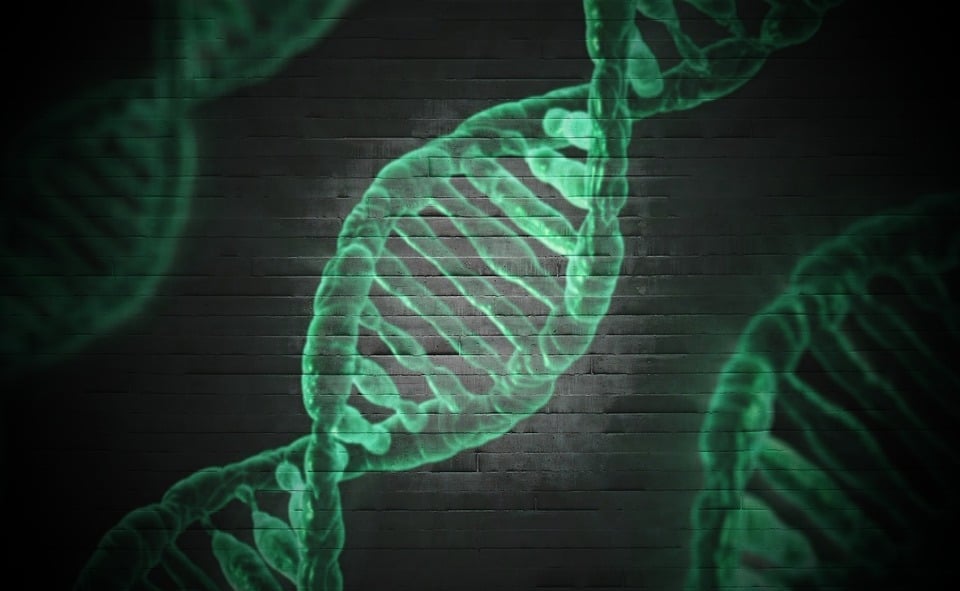
In a groundbreaking move published in Frontiers in Science, the Earth BioGenome Project (EBP) has announced its ambitious goal to map the genomes of Earth’s eukaryotes. This global network of scientists aims to create a comprehensive digital library of DNA sequences to preserve and protect life on Earth, addressing rapid environmental changes.
The EBP, which includes over 2,200 scientists from 88 countries, is making strides in understanding biodiversity, with significant contributions from local and Indigenous research communities in the Global South. These efforts could enhance food security, advance medicine and agriculture, and deepen our global understanding of biodiversity, supporting conservation and pandemic prevention.
Biological ‘Moonshot’
Since its inception in 2020, the EBP has accelerated its DNA sequencing efforts, now working at a pace ten times faster than before. This ‘moonshot’ initiative is supported by innovations such as portable ‘pop-up’ labs, which expand sequencing capacity and increase engagement in biodiversity-rich but remote regions.
“As biodiversity loss gathers pace, so must our work,” stated Prof Harris Lewin of Arizona State University. “Our growing digital ‘genome ark’ is shifting what’s possible in genomics from isolated, expensive sequencing efforts to a global, scalable, and inclusive enterprise.”
Strong Roots and Early Successes
By the end of 2024, EBP-affiliated projects had published 1,667 genomes covering more than 500 eukaryotic families. An additional 1,798 genomes meeting EBP standards were deposited, bringing the total to 3,465. These data have illuminated the origins and evolution of life on Earth and the role of genetic diversity in species’ adaptability to change.
For instance, the project has revealed how Svalbard reindeer adapted to Arctic conditions and how chromosomes evolved in butterflies and moths. The research methods are also enhancing tools like environmental DNA (eDNA), which uncovers new life forms through genetic footprints.
“We have laid the roots to build our digital ‘tree of life’—and our early outputs are already reshaping what we know about evolution, ecosystem function, and biodiversity,” said Prof Mark Blaxter of the Wellcome Sanger Institute.
Ambitious Goals for Phase II
As the EBP enters its second phase, it sets ambitious targets to sequence 150,000 species—half of all known genera—within four years. This phase prioritizes species crucial to ecosystem health, food security, pandemic control, and conservation, particularly those significant to Indigenous peoples and local communities.
Phase II also aims to collect 300,000 samples, half of which will form the basis for Phase III. Achieving this requires sequencing 3,000 new genomes per month, a pace more than ten times faster than current rates. Fortunately, advances in technology have reduced genome sequencing costs by eightfold, allowing budgets to stretch further and work to accelerate.
“It’s a biological moonshot in terms of the scale of ambition,” noted Prof Blaxter. “As species vanish and ecosystems degrade, we aim to capture and preserve the biological blueprint of life on Earth for future generations.”
Genome Lab in a Box
The EBP faces challenges, such as coordinating the global collection of 300,000 species and ensuring open, low-carbon data infrastructure. Much of Earth’s biodiversity is in the Global South, where local EBP partners will manage species collection, sample management, sequencing, and analysis. This approach ensures equitable access and culturally appropriate practices while minimizing societal and environmental impacts.
To expedite sequencing in remote regions, the EBP proposes using self-contained ‘pop-up’ sequencing labs housed in shipping containers, known as ‘genome labs in a box’ (gBox). These labs enable local and Indigenous scientists, particularly in the Global South, to generate high-quality genomic data locally.
“Chile is one of the world’s biodiversity hotspots with many endemic species, but these are under threat,” said Prof Juliana Vianna from The Chilean 1000 Genomes Project. “With gBoxes, local teams can generate data here, in context, and immediately connect it to conservation and sustainable management challenges.”
“The gBox isn’t just a lab—it’s a symbol of equity in science,” added Prof Montserrat Corominas at Universitat de Barcelona. “By equipping local and Indigenous researchers with advanced genomic tools, we’re empowering the Global South to contribute on equal footing to the Earth BioGenome Project.”
Value for Money and Future Prospects
Since its launch, the EBP has established international standards, built a network of affiliated projects, and achieved many Phase I targets. The projected cost of Phase II is $1.1 billion, including a $0.5 billion Foundational Impact Fund to support local training and infrastructure in the Global South.
The full cost of sequencing all 1.67 million named eukaryotic species over ten years is estimated at $4.42 billion—less than the cost of the Human Genome Project or the Webb Telescope in today’s dollars. The authors argue that this investment is “very reasonable for a global effort with such a lasting impact.”
The EBP’s efforts represent a significant step forward in our understanding of biodiversity and the preservation of life on Earth. As the project progresses, it promises to offer profound insights into the origins and evolution of life, with implications for conservation, medicine, and our understanding of ecosystems.







